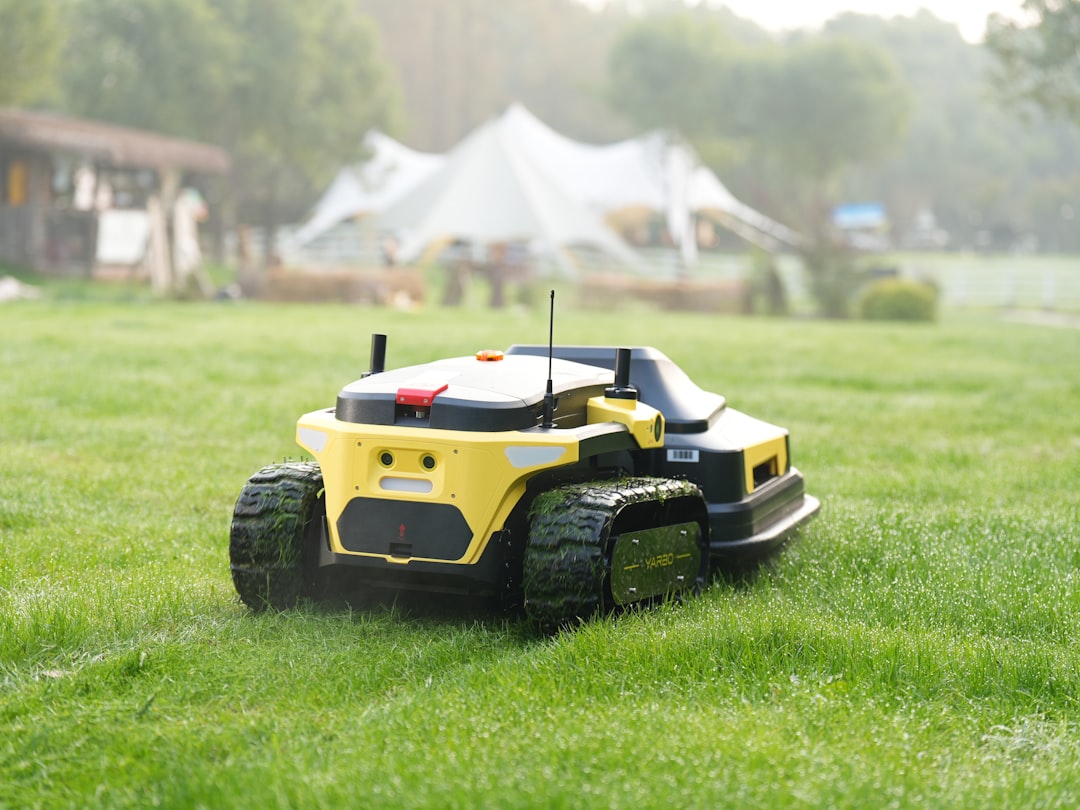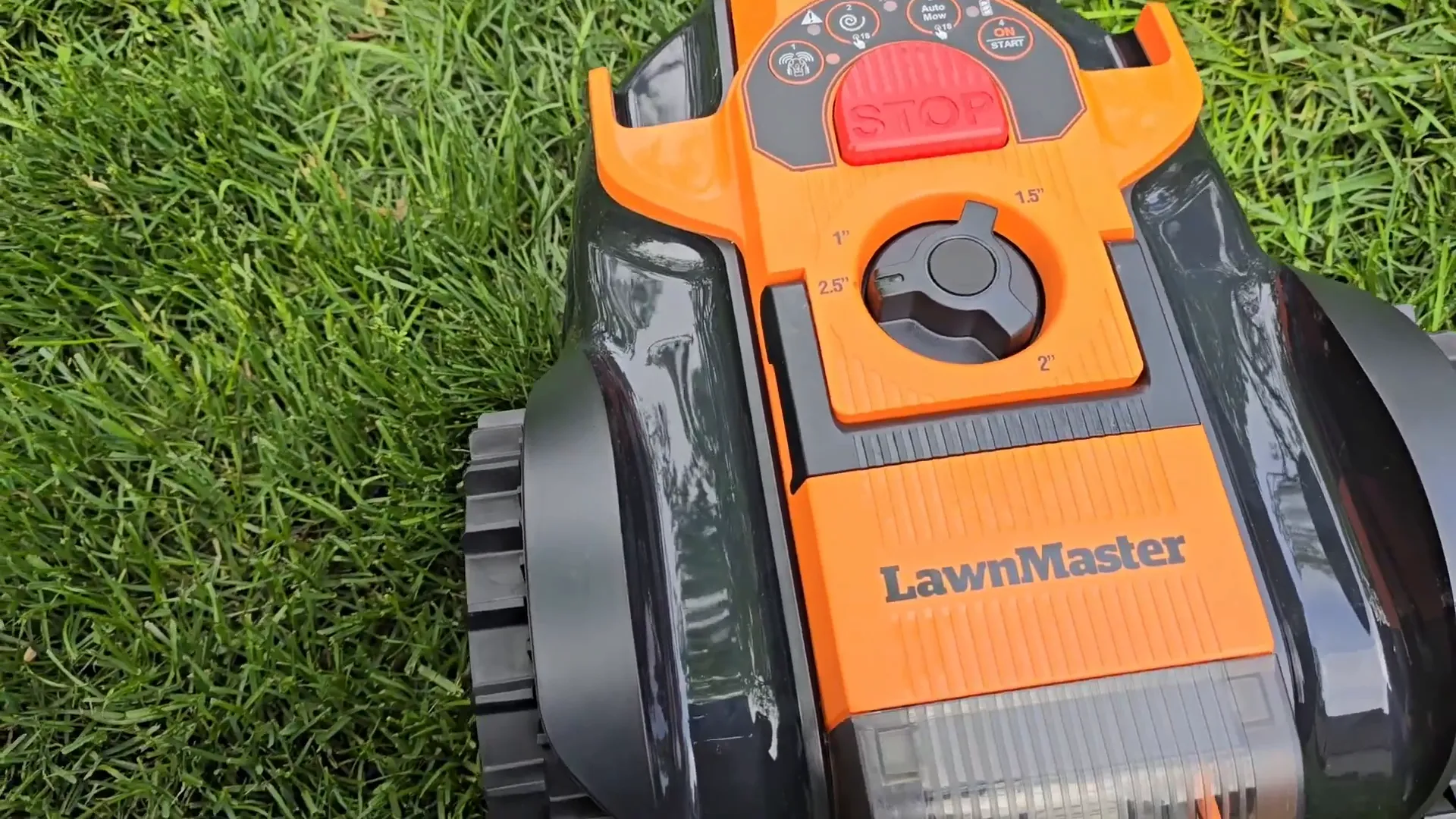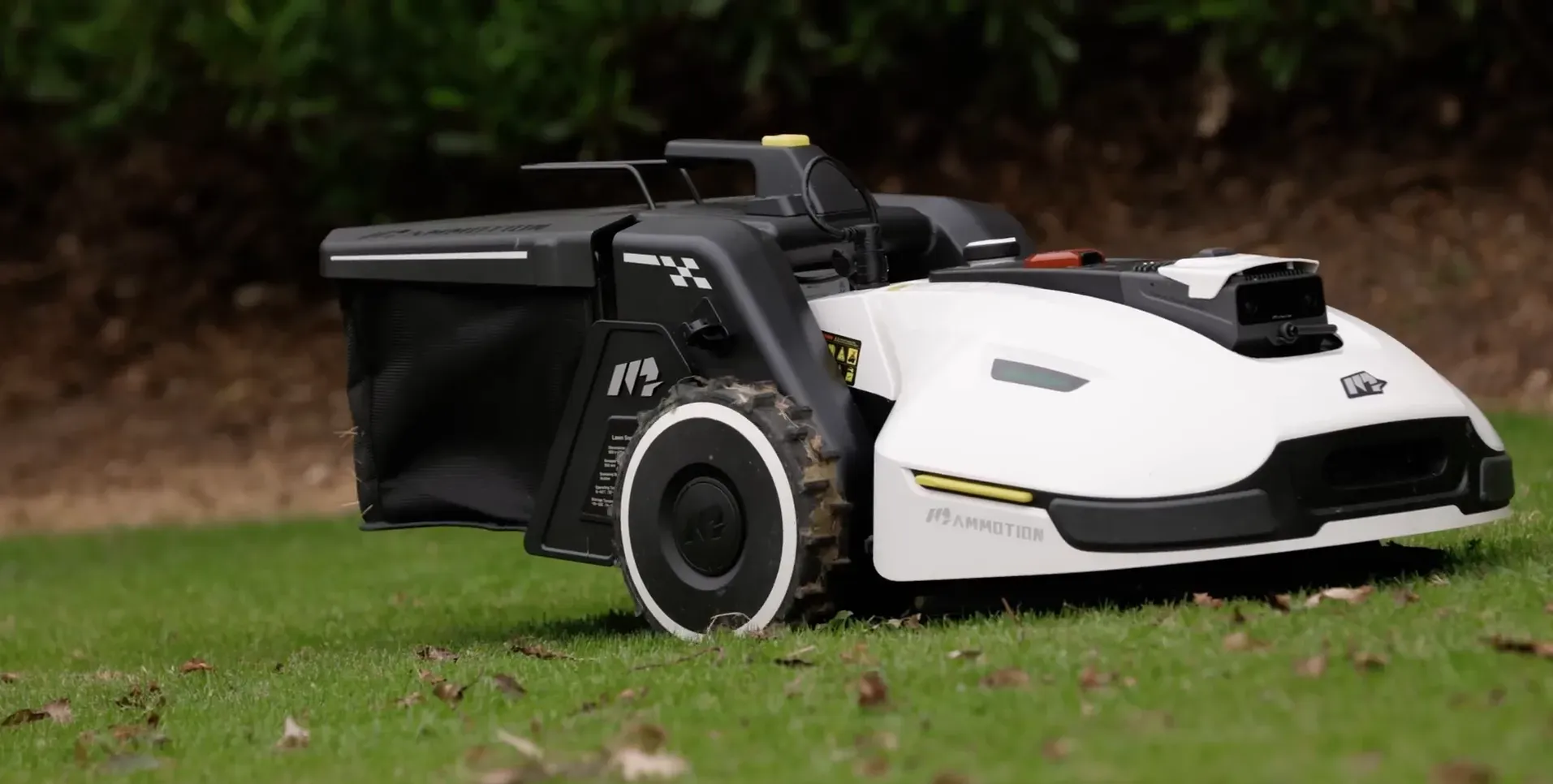This in-depth review examines the YARBO robotic lawn mower after several months of real-world testing across different turf types. The evaluation focuses on setup, reliability after long idle periods, cut quality, and how the system handles tight areas and obstacles.
Freshly Charged presents a hands-on review of the Eufy E18 robot lawn mower, showcasing a major shift in robot lawn care with Vision Full Self-Driving (FSD) technology. This article summarizes the review, explains how the E18 works, highlights real-world performance and practical pros and cons, and identifies which homeowners will benefit most from this new wire-free approach. The focus is on clear, actionable information to help readers decide if the Eufy E18 fits their yard and lifestyle. Technical details, setup experience, and usage notes are distilled from extended testing so readers get an accurate sense of what to expect.
Quick overview: What makes the Eufy E18 different
The Eufy E18 removes the traditional pain points of robot mowers by eliminating boundary wires and rooftop antennas through Vision FSD, which relies on onboard cameras and algorithms to map and navigate the yard. Setup is intentionally simplified: the base gets installed, the mower connects to Wi‑Fi, and the unit begins mapping autonomously. Safety and convenience features include obstacle avoidance, a pet‑friendly approach, GPS anti‑theft tracking, and IPX6 water resistance for rainy conditions. Cutting is handled by a single spinning disc with three razor blades and a rear lawn comb for tidy, parallel lines across the turf.
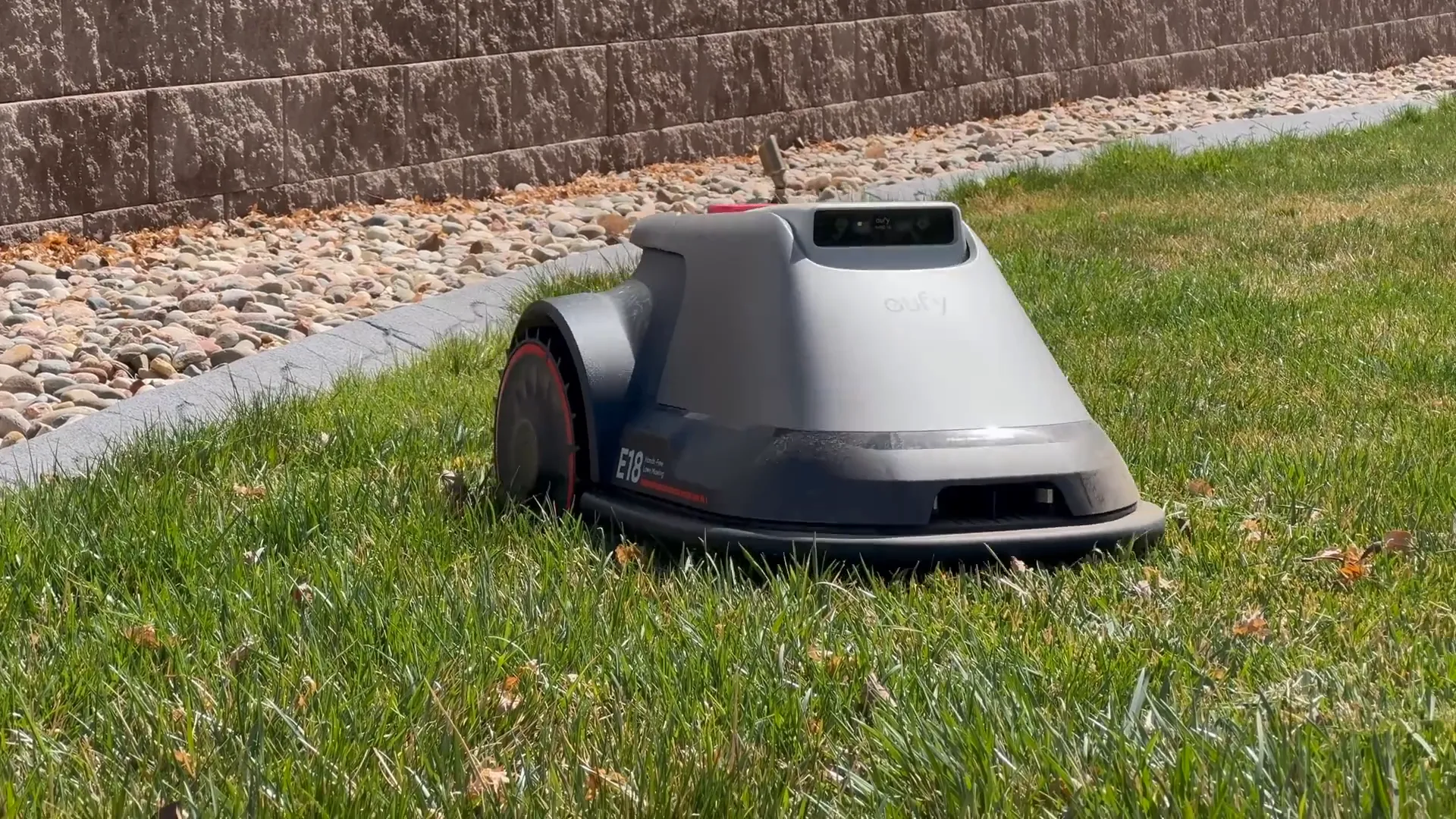
Setup: truly plug-and-play with limits to consider
Initial setup time is notably short: about ten minutes to install the base, connect the mower to Wi‑Fi, and update firmware, followed by an autonomous mapping phase that took roughly forty‑five minutes in testing. Because the mower uses vision mapping, there is no need to walk the perimeter with a phone, lay boundary wires, or mount external antennas on the house. The Eufy app is the same ecosystem used for other Eufy devices, making integration simpler for owners already invested in the brand. However, the mower depends on a stable Wi‑Fi connection for app interaction, mapping updates, and remote features, so weak coverage in portions of the property can affect functionality.
Vision FSD: how camera-based navigation performs
Vision Full Self‑Driving combines high‑precision cameras with 3D perception algorithms to detect lawn edges, obstacles, walkways, and objects such as toys and furniture. The system handled edge detection automatically during initial mapping, which removes a step that typically requires manual boundary tracing on other mowers. In practice, the mower identifies pets and stationary objects, navigates around them, and returns later to cover missed patches once the obstruction is removed. Because Vision FSD does not rely on satellite RTK stations, the mower can operate effectively under trees and near tall structures that can block satellite signals.
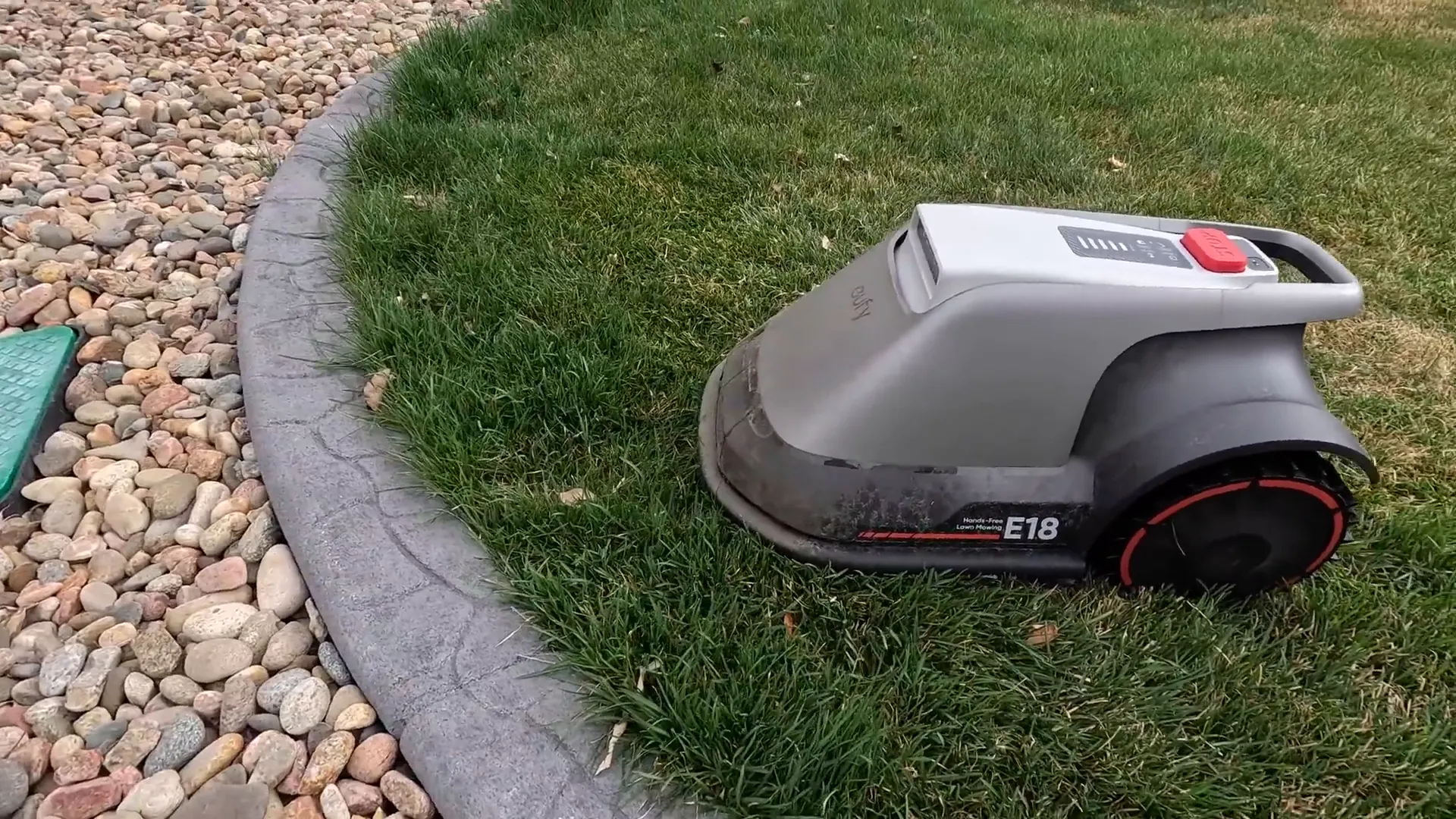
Cutting performance, slopes, and daily use
The E18 uses a single disc with three razor blades and a rear lawn comb to produce narrow, closely spaced parallel passes that leave neat lines and uniform cut height. The cutting height is adjustable in the app, and frequent, short cuts allow mulched clippings to return to the lawn instead of collecting in clumps, improving turf health and eliminating bagging chores. Manufacturer specifications list slope handling around eighteen degrees, but testing showed the mower capable of tackling steeper pitches in short bursts, demonstrating impressive traction on challenging inclines. The mower is quiet enough for frequent runs, and an app remote-control feature enables manual driving when a touch‑up or targeted pass is desired.
Model choices: E15 vs E18
The Eufy E Series comes in two models tailored to different lawn sizes: the E15 and the E18. Both models share the same battery capacity, so the difference in advertised cutting area is driven by internal programming or memory allocation rather than a larger battery pack. Buyers should choose the model that matches their yard area as specified by the manufacturer, while keeping in mind that real‑world coverage can be influenced by terrain, obstacles, and Wi‑Fi availability. For yards with simple, contiguous layouts, either model will perform well; larger or more complex properties may require additional planning or multiple base stations.
Who should buy the Eufy E18 — and who should reconsider
Homeowners who want a nearly hands‑free, wire‑free mowing solution and who have reliable Wi‑Fi across their property will find the Eufy E18 compelling. The mower excels in yards with contiguous grass areas, tree cover that can obstruct satellite solutions, and frequent‑cut maintenance patterns that favor mulching. Conversely, properties with separate front and back lawns separated by steps, fences, or rock beds present a challenge because the mower needs direct access to a base station to initialize and charge. In such cases, adding a second base station or placing a base within reach of each lawn area becomes necessary to enable autonomous operation across divided zones.
Top pros and cons
- Pros: Wire-free setup with Vision FSD, rapid initial installation, effective obstacle avoidance, quiet operation, integration with existing Eufy app ecosystem, IPX6 resistance, GPS anti-theft features.
- Cons: Reliance on Wi‑Fi for app and mapping updates in some workflows, potential range/coverage limitations in large or split properties without additional base stations, vision-based system will not operate in very low light (won’t mow at night).
Conclusion
The Eufy E18 represents a meaningful evolution in robot lawn mowers by making boundary wires and rooftop antennas largely obsolete via camera‑based Vision FSD. The result is one of the fastest, simplest setups tested, seamless obstacle avoidance, quiet daily operation, and tidy mulching performance that keeps lawns healthy without manual bagging. Potential buyers should weigh the benefits against Wi‑Fi dependency and limitations on divided lawns; properties with split sections separated by fences or steps will likely require an extra base station to achieve full automation. For a deeper dive and additional test notes, Freshly Charged publishes a full written review with detailed observations from extended use.
Frequently Asked Questions
Does the Eufy E18 require boundary wires?
The Eufy E18 uses Vision FSD to create an internal map of the lawn and therefore does not need boundary wires or satellite RTK stations for normal operation. After the initial autonomous mapping, the mower navigates by referencing its onboard 3D perception map and camera input. This removes the time and effort associated with laying boundary wire and troubleshooting line breaks. However, the system still requires a nearby base station and reliable Wi‑Fi for app setup and certain remote features.
How does the E18 handle rain and low light?
The mower is rated IPX6 for water resistance and includes an automatic recall feature when rain is detected, returning the unit to its base to avoid mowing wet grass. The Vision FSD system also requires adequate light to operate safely, so the mower will not perform autonomous mowing in very low light or darkness and will wait until daylight to resume tasks. These behaviors prioritize safety and map integrity, though they limit overnight mowing compared with some quieter mowers that can run at night regardless of light conditions.
Can the Eufy E18 mow multiple lawns or cross driveways?
The Eufy E18 can be programmed with multiple zones and is capable of crossing driveways or paths up to about sixty meters (nearly two hundred feet) as long as there are no steps, fences, or barriers that prevent direct transit. If lawns are separated by obstacles that block direct passage to the base station, the mower will not begin autonomous mowing from the isolated section until it can reach its base or until a second base station is provided for that area. For split properties, adding an additional base station resolves this limitation and also provides a nearer charging point for extended coverage.








